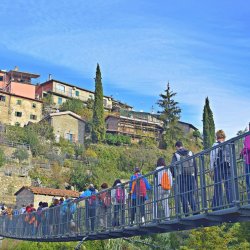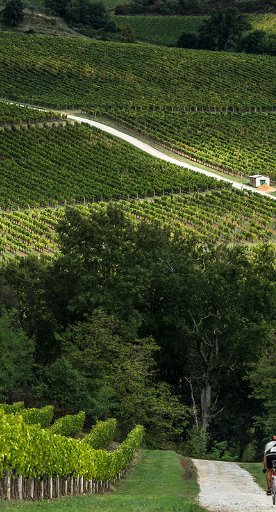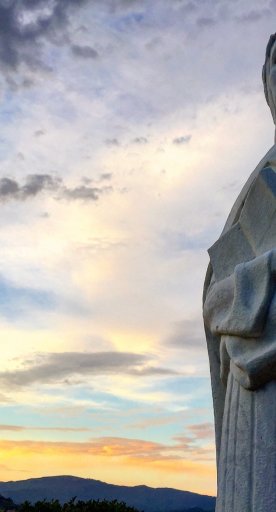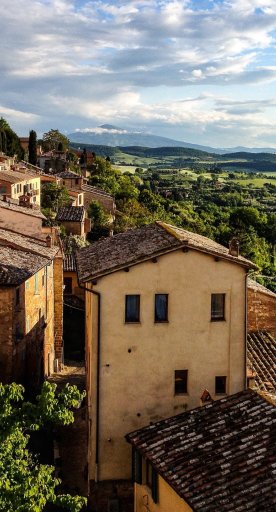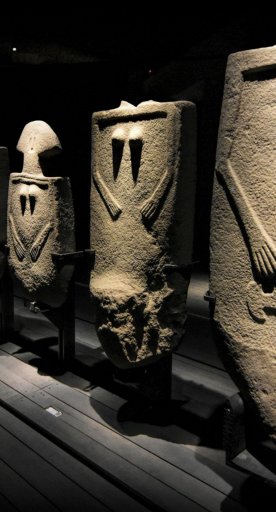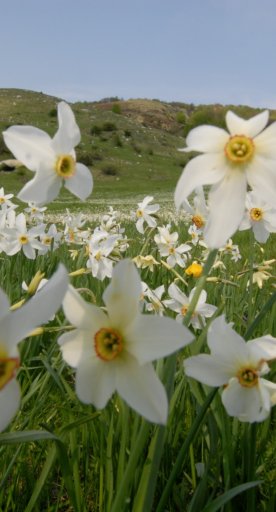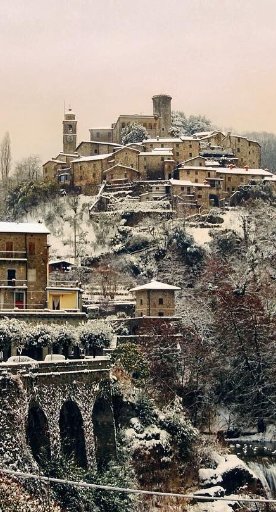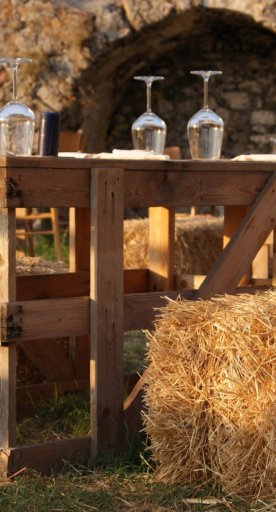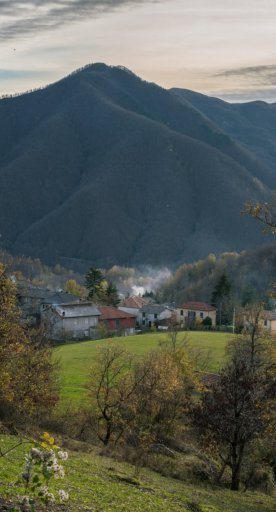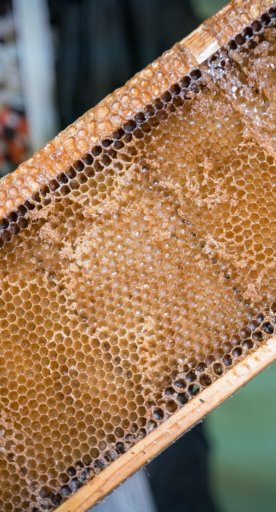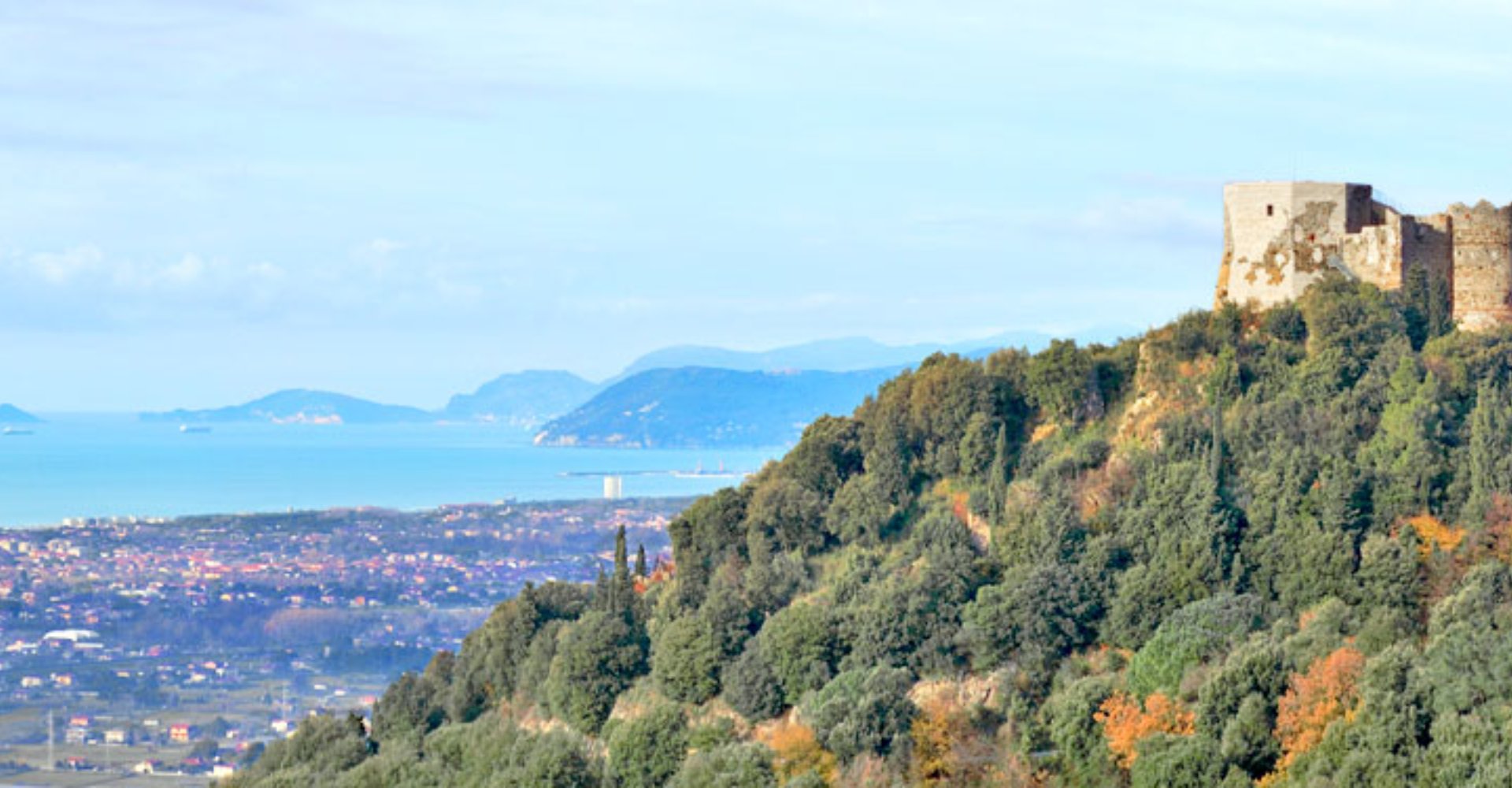

Montignoso, art and nature
From the coast of Versilia to the Apuan Alps, a land rich in beauty and history
Montignoso, a tract of land between Massa and the Versilia, stretches from the upper reaches of Monte Carchio all the way to the coast. Inhabiting a valley crossed by the Pannosa River and flanked by Monte Carchio and Monte Folgorito, the area offers a variety of different landscapes and a wide array of fauna. Montignoso is included in the protected area of Apuan Alps Regional Park. Regarding the origin of its name, the general consensus is that it is somehow connected to the tradition of lighting fires on the mountain, which would function as beacons for sailors. As a result, the area came to be known as the Mons Igneus, the fire mountain.
-
1.Art and history
-
2.Nature trails in Montignoso
Art and history
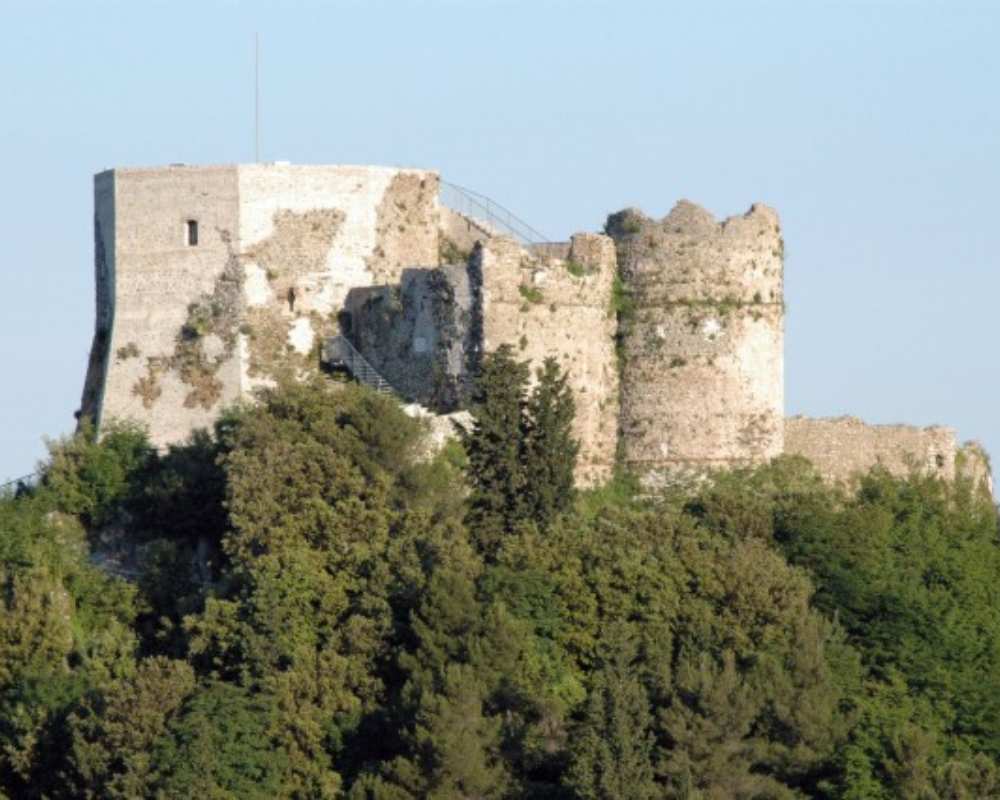
On the panoramic road from Montignoso to Strettoia, we arrive at the hill on which stands the Aghinolfi Castle. Civilisation goes back a long away among these hills, which were inhabited by the Ligurian tribe of the Apuani and which have always played a strategic role: in 1945 the castle was a German bastion on the Gothic Line, until it was liberated by the Americans and the partisans, at a high cost of human life. EU-funded renovation works in 1997 brought the it back to life, making it an important centre of historical and scientific interest. Among the castles of Lunigiana, it is one of the most ancient: it was once a Byzantine stronghold on the border with the Lombard territories.
The history of Montignoso revolves around its castle, which owes its name to the Lombard king Aghinolfo. A village developed around it, and for centuries it was an important control centre over some bitterly-disputed territory. It occupied a vital position on one of history’s most crucial crossroads, that of the Via Regia, Via Aemilio Scauri, and the Via Francigena.
Leaving the castle, we come down to Villa Schiff Giorgini, near the Piazza district. The Villa is the current seat of the Municipal Authorities and a venue for many cultural events. Going out from the gate of Villa Schiff Giorgini and stepping onto the Via Fondaccio, we find ourselves in front of the square of the Church of San Vito and San Modesto. Inside the church, there is a triptych by Michele Ciampanti, painted around 1482, which depicts the Holy Virgin with the Child and Saint John the Baptist, Saint Vitus, Saint Modestus and Saint Peter. After a short stop in the beautiful square of the old town hall, we press on through a succession of small hill villages, from which we can enjoy some astonishing views. We come to Sant’ Eustachio, an old medieval village known also as Villa di Mezzo.
The old church is home to a little gem of gothic wooden sculpture from the fourteenth century, a Madonna and Child by Tino di Camaino; and Vincenzo Frediani’s altarpiece, also depicting the Madonna and Child between Saint Eustace, John the Baptist, Mary Magdalene and Saint Vitus (with the beneficent father in the lunette, and on the predella a pietà of Christ and stories from the life of Saint Eustace).
Nature trails in Montignoso
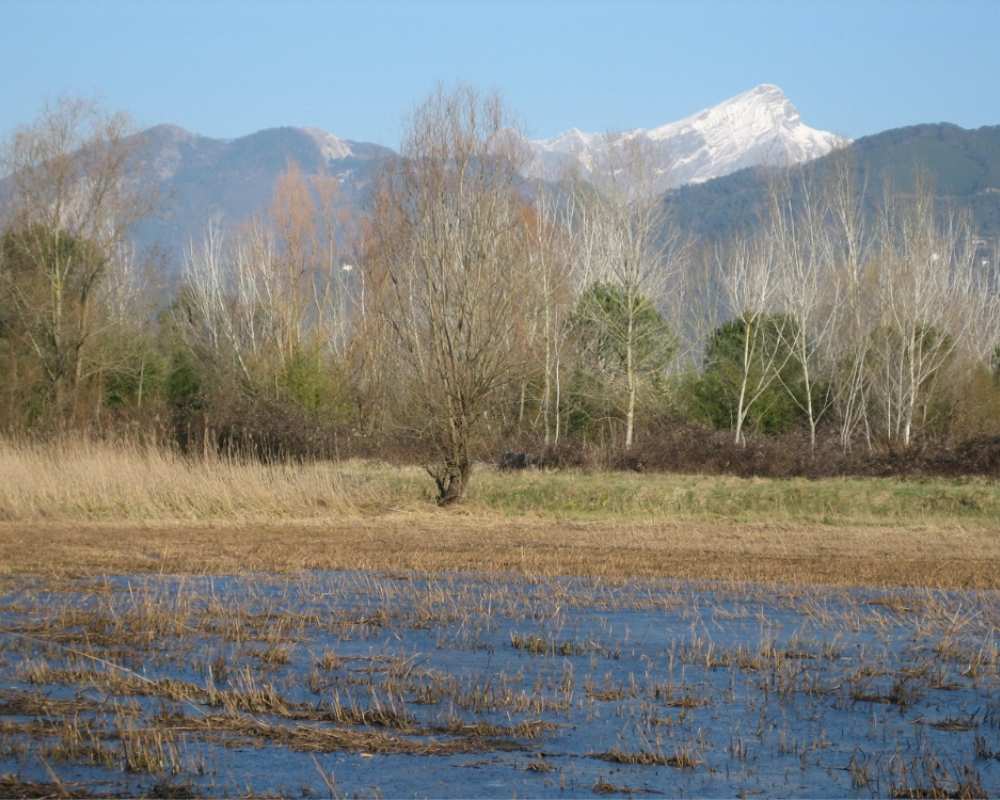
If, however, the idea of surrendering completely to the nature of Montignoso appeals, the following itinerary is all you need. Arriving at Massa and passing through the hamlets of Capanne, Piazza and Sant’Eustachio, you come to the village of Cerreto, along a spectacular road from which you can see the entire Apuan coast of Versilia, as you climb through the woods until reaching the Pasquilio area.
Behind Pasquilio looms Monte Carchio, once home to the now-defunct marble quarries. The Apuan chain covers immense ground, sweeping from the peak of Monte Altissimo to that of Monte Sagro, passing the slopes of Monte Folgorito and Monte Belvedere. Encircling chestnut and fir woods make it an ideal place for outdoor trips, not least the route along the Gothic Line, where traces of German outposts can be seen today.
Going down into the valley in the direction of Viareggio, you encounter the remains of a Medici fortress from the sixteenth century. Before it stretches out Lago di Porta Beltrame, or simply Lago di Porta: once known as Lago del Perotto, it was a highly strategic position; now it is a protected area, managed by Legambiente and the World Wildlife Fund. This incredibly beautiful area supports numerous species of birds, including the grey heron, the coot, the common moorhen, and the water rail; the western marsh harrier nests here, as do the little bittern and certain ducks.
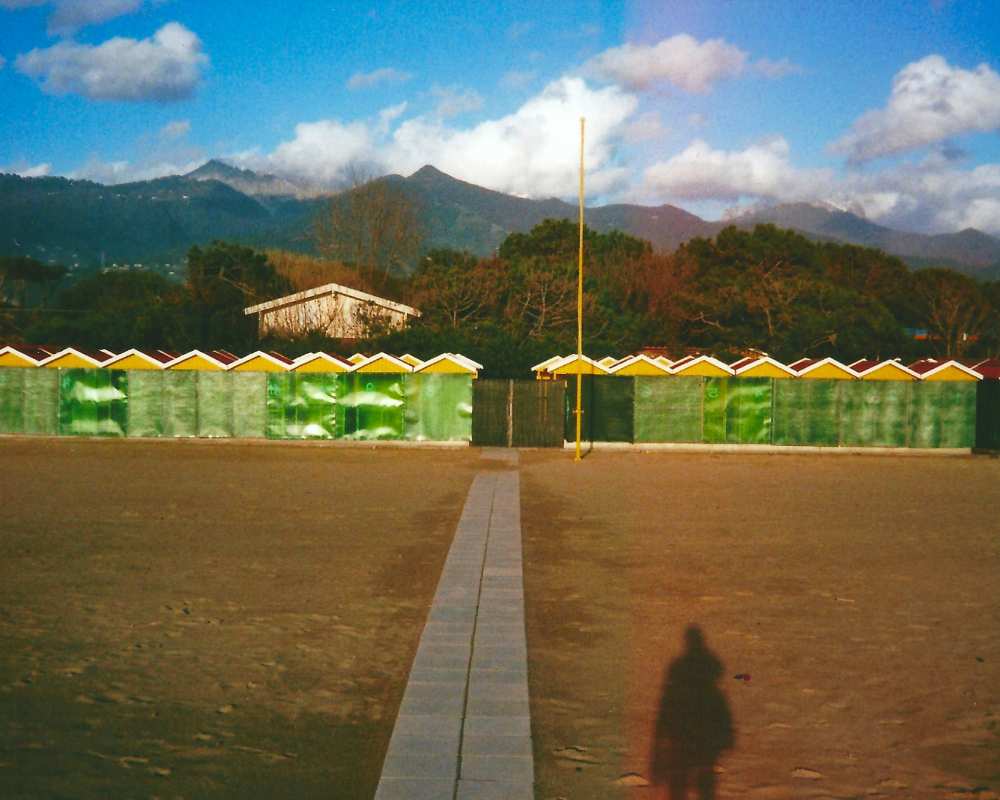
Putting distance between ourselves and the lake, we come to a famous part of Versilia called Cinquale, which has always been a destination for famous artists and characters of every period. Enrico Pea, for example, Gabriele d’Annunzio, and painters such as Carlo Carrà and Mino Maccari who lived and found inspiration here.
